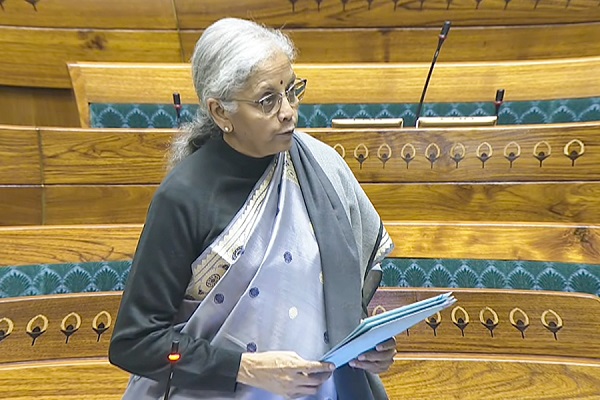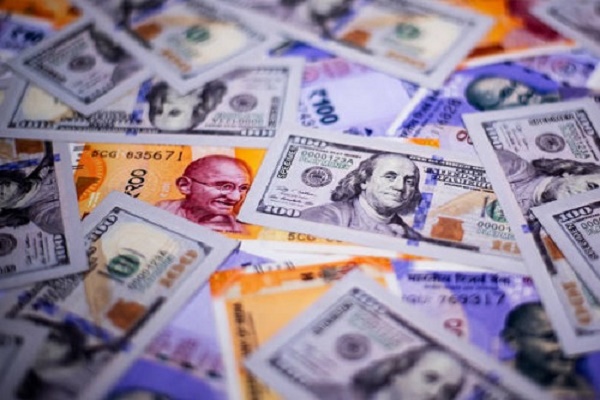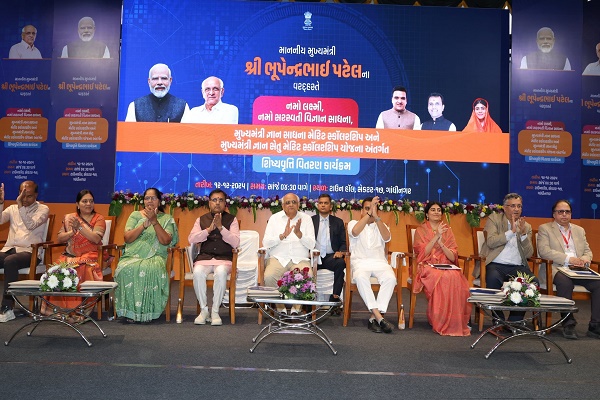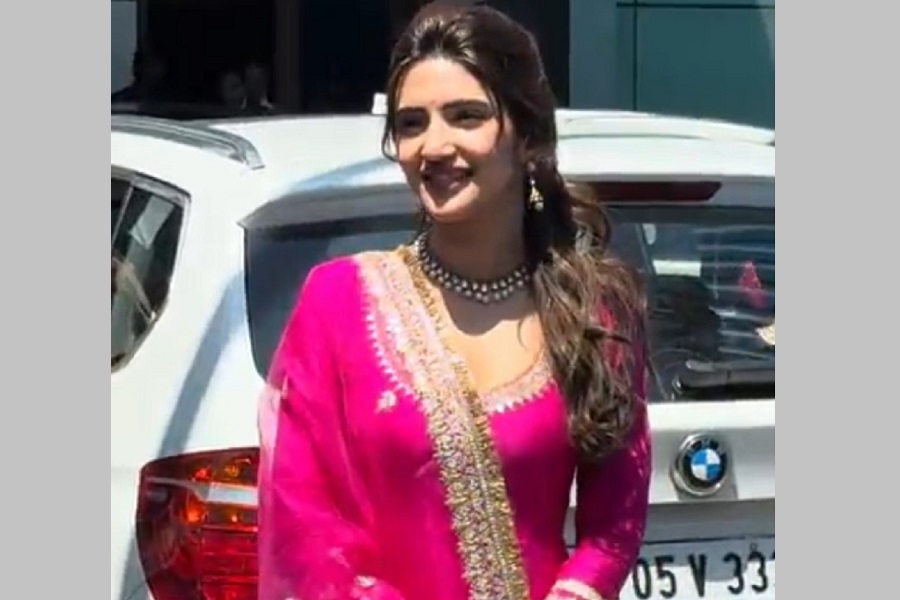Timeless Beauty: The Evolution of Bangles Through the Ages
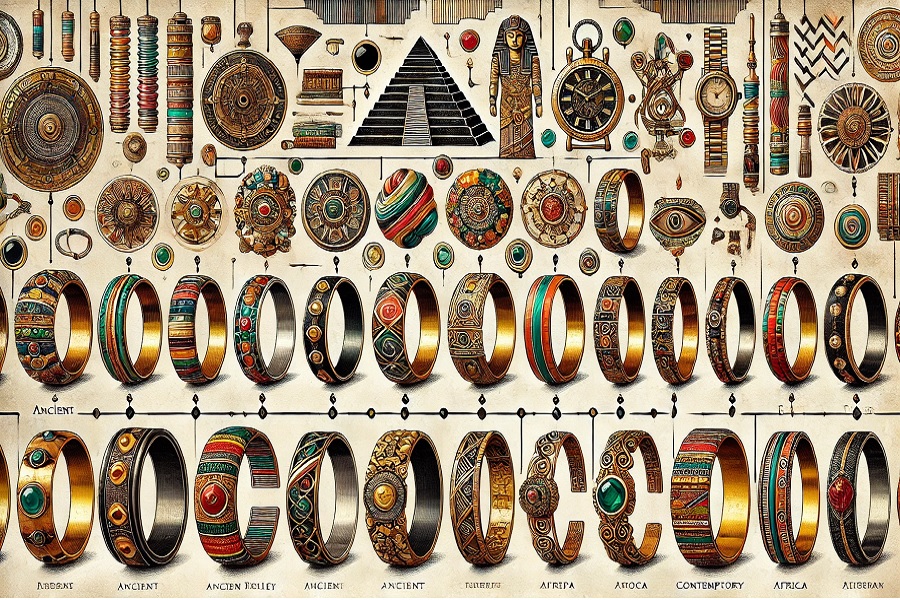
Bangles have long been an iconic accessory, carrying a rich history and cultural significance that transcends time. From their humble beginnings as primitive adornments to their modern interpretations as bold fashion statements, bangles have adorned wrists across the world, symbolizing beauty, culture, and personal expression. This article delves into the fascinating evolution of bangles, exploring their journey through the ages.
*The Origins: Bangles in Ancient Civilizations
The earliest known bangles date back to the Indus Valley Civilization, around 2600 BC. Excavations in Mohenjo-Daro uncovered terracotta, shell, and copper bangles, suggesting their use as decorative ornaments. These ancient bangles were not just accessories but also held symbolic significance, representing status, wealth, and identity.
In ancient Egypt, bangles crafted from precious metals and adorned with gemstones were worn by both men and women. They often featured intricate carvings and were believed to offer protection and good fortune.
*Cultural Significance: Bangles in Tradition
Throughout history, bangles have been deeply embedded in cultural rituals and traditions. In India, bangles symbolize marital bliss and are an integral part of bridal attire. Glass bangles, in particular, are considered auspicious and are often gifted during festivals and weddings. The clinking sound of these bangles is said to bring harmony and positive energy.
In African cultures, bangles made from wood, beads, or metal were used as symbols of tribal identity and social status. Similarly, in the Middle East, gold bangles were treasured as a form of wealth and often passed down through generations.
*The Renaissance of Bangles: Modern Interpretations
The Industrial Revolution brought significant changes to bangle designs and materials. Mass production made them accessible to a broader audience, leading to experimentation with materials like plastic, acrylic, and stainless steel. The 20th century saw bangles evolve into versatile fashion accessories, with bold, geometric designs dominating the Art Deco era.
In the contemporary fashion world, bangles have taken on a fresh identity. Designers experiment with unique shapes, textures, and materials, including eco-friendly options like bamboo and recycled metals. The stacking trend, where multiple bangles are layered for a dynamic look, has become a global phenomenon, blending tradition with modernity.
*Bangles Across Cultures: A Global Connection
While bangles are synonymous with Indian culture, their appeal is universal. In Western fashion, bangles are often minimalist and sleek, designed to complement both casual and formal attire. African bangles, on the other hand, celebrate vibrant colors and bold patterns, reflecting the continent’s rich heritage. Middle Eastern bangles, adorned with intricate filigree work and gemstones, exude luxury and opulence.
*The Future of Bangles: Merging Tradition with Innovation
As the world embraces sustainability, the future of bangles lies in innovative and eco-conscious designs. Lab-grown diamonds, biodegradable materials, and ethical sourcing are paving the way for a new era of bangles that honor tradition while catering to modern sensibilities.
Bangles continue to be a testament to the timeless allure of adornment. Whether crafted from glass, gold, or recycled materials, these circular treasures remain an enduring symbol of beauty and culture, connecting generations and bridging the past with the present.
From ancient civilizations to contemporary runways, bangles have been a constant companion on humanity’s journey. Their evolution reflects our creativity, cultural diversity, and enduring love for timeless beauty. As we celebrate the story of bangles, we are reminded of their ability to adapt and inspire, proving that fashion truly has no boundaries.




